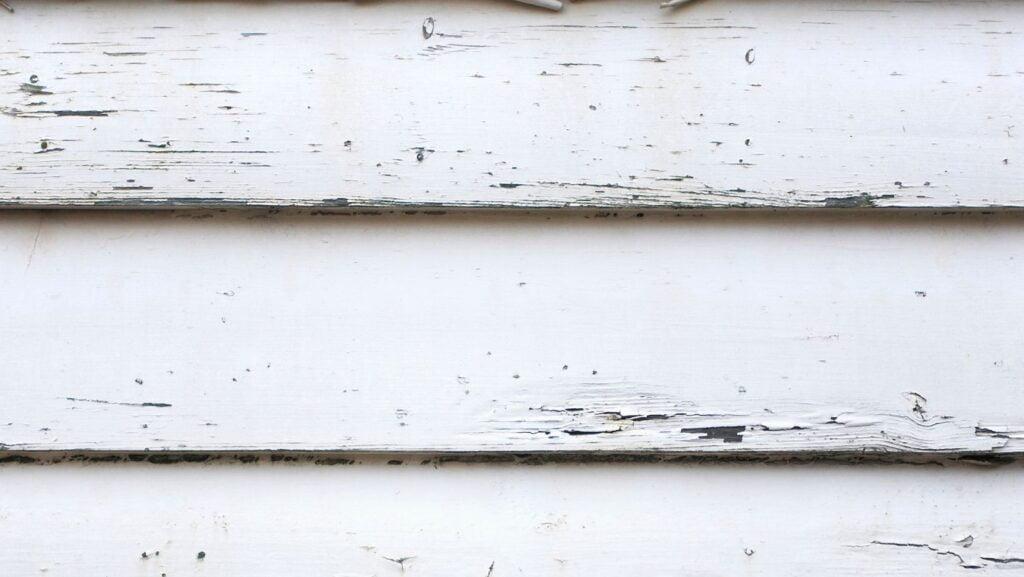How to Tell If Your Home Needs Exterior Painting

Have you heard the saying, “You shouldn’t judge a book by its cover?” There is truth in the sentiment, but guests and potential home buyers do exactly that. They judge your home by its exterior. If you’re honest with yourself, you would admit that you judge your home by its exterior as well.
When you first purchased your home, you judged it by its cover. It likely had a fresh coat of paint and looked its absolute best. Over time, the house starts to look less appealing. Not only that, but the exterior of your home is also your defense against the elements outside, and when it begins to look less attractive, you could be risking damage to your home.
Natural elements like sun, rain, wind, snow, cold, and heat can wreak havoc on your home’s exterior. The paint may start to look less fresh and vibrant. There are guidelines for how long to go between paintings, but you may not know for sure when the house was last painted. Here are some things to look for to see if it’s time to paint the exterior.
1. Paint That Is Peeling or Cracking

Paint that has begun to peel, crack, or bubble could be the first sign you have that your home needs to be painted. You should turn your thoughts to repainting when you start to see this. When paint has started peeling, it leaves portions of the exterior construction exposed to the elements.
Exposure to wind, rain, or even the sun over the long term could lead to issues such as mold, mildew, or even rotting wood. You want to stop exposure before you have long-term damage. So, if you notice the exterior paint has begun to peel, bubble, or crack, it’s time to repaint the entire exterior of your home.
2. Caulking That Is Cracked
If you’ve ever looked closely around your door and window frames, you should have noticed a bead of caulk around the exterior of the facing. The caulk helps to seal your windows and doors. If you notice cracks or holes in the caulking, they need to be repaired as soon as possible. Leaving these areas to continue rotting can allow moisture to seep between the window sill and the exterior siding of your home, causing rotted wood and mold.
Minor cracks in the caulking can sometimes be repaired by refilling the holes with new caulk. Larger cracks will need to have the caulking completely replaced. Adding a fresh coat of paint will give the house an added layer of protection.
3. Stains Left Behind by Moisture

Sometimes if you see moisture or mold stains, they are on the surface of the exterior. Sometimes the stains signify more significant damage. Surface stains are relatively easy to get rid of by pressure washing or wiping away with elbow grease.
If you have a mold or moisture stain that isn’t easily removed, it’s a good idea to speak to a professional to learn the extent of the damage. Sometimes you can simply paint over the stains. However, sometimes you might have to replace the siding or materials making up the house’s exterior.
4. The Colors Have Faded

This cue is the one that most people notice most readily. The colors of the walls and trim have become dull or unappealing. It’s probably a good idea to consider a new paint job as soon as the colors become less vibrant.
Taking care of faded colors can help to prevent more extensive damage later. Adding paint will give your home a new look and protect it from the weather more effectively.
Final Thoughts
There are recommendations for when to repaint your home. If you don’t know how long it’s been since it was painted, you can watch for the signs that it’s time to paint.
 (877) 663-5483
(877) 663-5483 (844) 333-1387
(844) 333-1387



